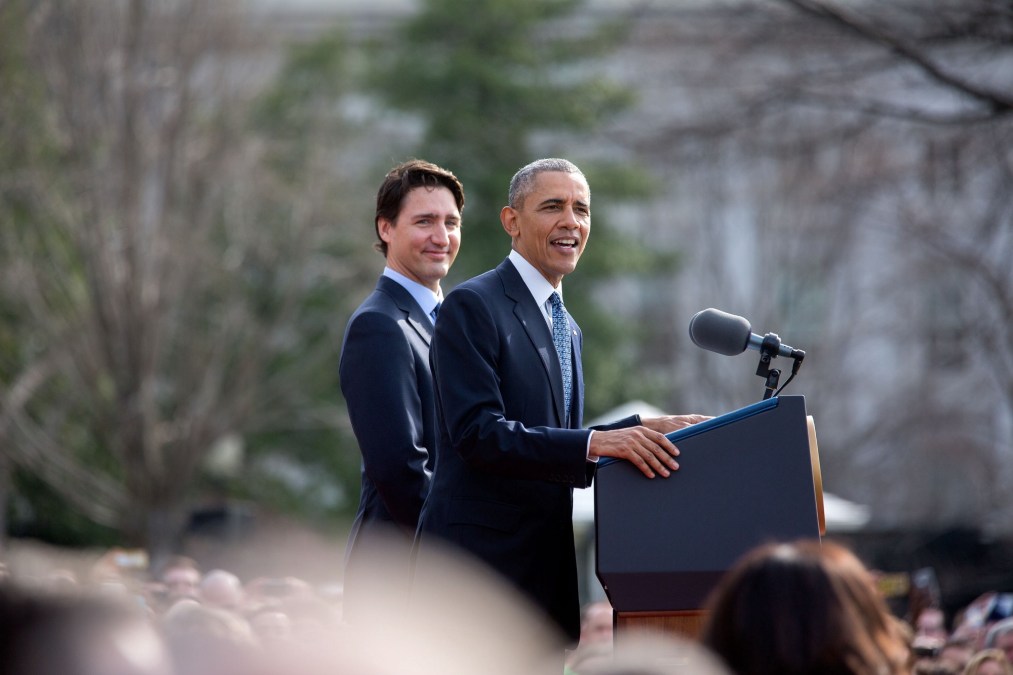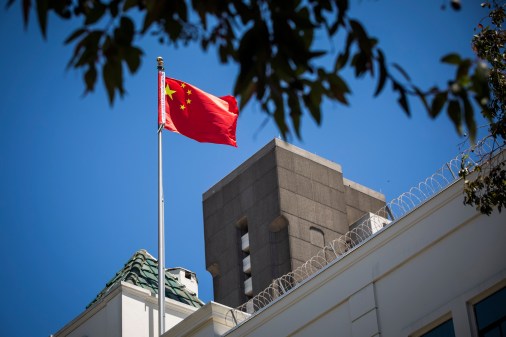Energy grid cybersecurity: U.S. and Canada look to bolster connections

Politicians in the U.S. and Canada have invested time and resources in the development of cross-border energy programs and infrastructure for decades. Today, U.S. officials fear that some of these same collaborative efforts may be providing hackers with systems that are more vulnerable to cyberattacks of “significant consequence.”
The White House and Government of Canada released a joint strategy Monday that promises to strengthen the security of the North American electricity grid, which provides power to millions of citizens in both countries.
Release of the strategy fulfills a prior commitment that was made between President Obama and Canadian Prime Minister Justin Trudeau during a March meeting that was more broadly focused on energy policy related to climate change, clean energy development and Arctic conservation efforts, among other topics.
“Protecting against and mitigating cyber and physical risks to the electric grid in a prioritized manner requires that public and private sector partners continue to work together,” the strategy reads. “Isolated or complex events with cascading effects that take place in either country can have major consequences for both the United States’ and Canada’s electric grids and adversely affect national security, economic stability, and public health and safety.”
The announcement comes as political leaders in both Washington and Ottawa have become increasingly cognizant of digital attacks capable of disrupting critical infrastructure. Mexico’s grid only has limited connections to the North American grid.
By supporting this vague “cyber mutual assistance” framework, the hope is that government agencies, private sector partners and energy companies in each country will being to work more collaboratively with one another to share relevant threat intelligence, forensic investigation information, best practices and defensive capabilities. In addition, each government will individual work to identify, develop and help facilitate the adoption of advanced energy systems, which can effectively mitigate cyberthreats and obfuscate existing vulnerabilities in shared infrastructure.
Documents, policies and other programs marked in the overall strategy are intended to “guide future activity within areas of Federal jurisdiction, with full respect for the jurisdictional authorities of both countries.” In other words, the strategy, in itself, holds no specific legislative commitment.
Existing U.S.-Canada energy assistance agreements — like those designed to provide power to cross-border areas that may be affected by a blackout — were referenced as a case study for continued partnership between the two countries.






